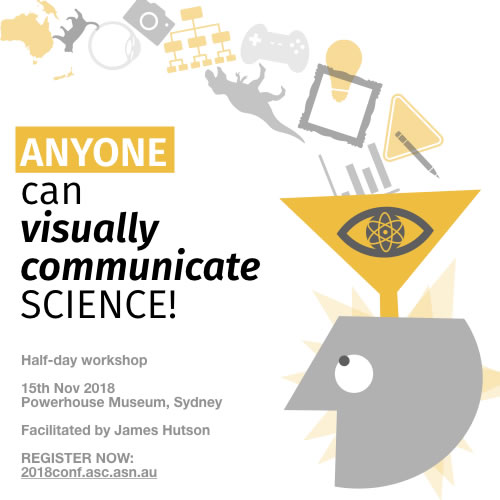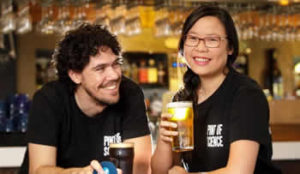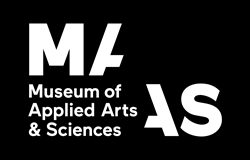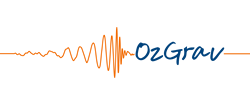When: Tuesday 13th November, 9:15am – 11:15am
Where: Theatrette, Level 2 behind the registration/foyer area
Hashtag: #T3
Featuring more than 200 events in 2018, the Sydney Science Festival (SSF) celebrates and showcases Sydney’s diverse and multidisciplinary science and innovation community through a program of talks, hands-on workshops, exhibitions and family events exploring all areas of science, technology, engineering, art and mathematics (STEAM). Since its inception in 2015, the Sydney Science Festival has seen yearly growth and is the largest science festival in Australia happening during National Science Week. In 2017, the Festival attracted more than 70,000 audience members to science events throughout Sydney and more are expected in 2018*. The 2018 Sydney Science Festival presented a diverse program of events ranging from large hands-on free family events in parks, lunchtime talks with experts to performative science-themed events for intergenerational audiences. The growing momentum behind the Sydney Science Festival demonstrates an appetite for meaningful opportunities to meet experts and learn about science in formal and informal social settings.
In this proposed case study, I will present the results of 2018 Sydney Science Festival report and audience evaluation, highlighting audience profiles and discussing what motivates audiences to attend the Sydney Science Festival. This will provide insight into the effectiveness of Festivals and similar programs and will identify future opportunities to engage with new and returning science audiences.
*2018 results currently being collected
Session
Case studies: Cultural Institutions and Festivals
Presenter
Catherine Polcz, Program Producer (Science), Museum of Applied Arts and Sciences
